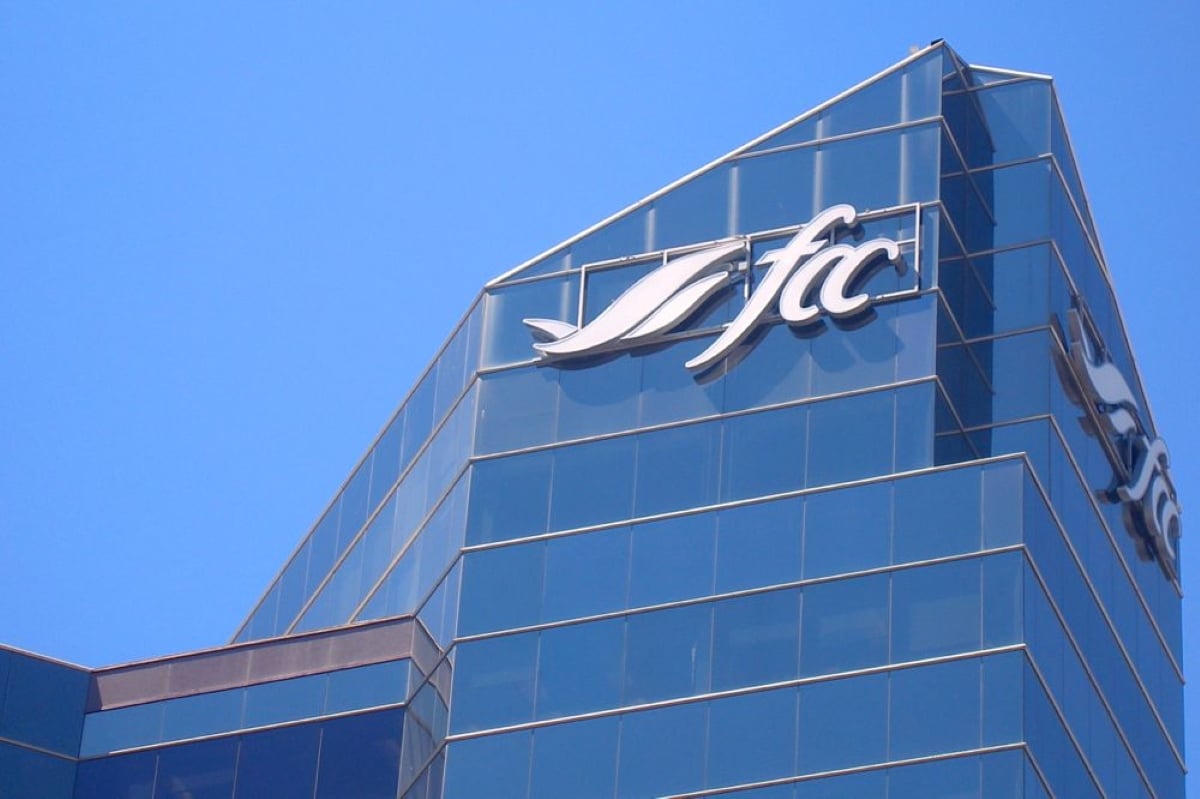DENVER, Colo. – The next terrorist act on the United States may not
come from a gun but from a germ, delegates to the National Cattlemen’s
Beef Association convention in Denver were told.
Jerry Jaax, a veterinarian with Kansas State University, said if the
U.S. Midwest’s agricultural heartland was attacked, it might be nearly
impossible to trace the source and it could be economically devastating.
“The truth is, we are vulnerable. It would be devastating to major
Read Also

Lending policy still focused on primary producers: Farm Credit Canada
Farm Credit Canada said it has not changed its business practices and remains committed to supporting all producers, after a report from an Ottawa-based media outlet claimed otherwise.
parts of our economy,” said Jaax, who spent 25 years in the American
military investigating and researching biological warfare risks to
human and animal health.
“Some people were interested in talking about biological weapons prior
to Sept. 11, but for most people it was pretty much a yawner for them,”
Jaax told a session on bioterrorism during the convention.
Abundant expertise
The U.S. is concerned about biological warfare and terrorism because it
is known the former Soviet Union employed more than 60,000 scientists
investigating biological warfare.
The concern is that some of those former scientists may now be working
for countries or major terrorist organizations seeking bacterial
weapons.
Attacking agriculture could create serious economic setbacks to a
nation. Jaax said losses could exceed $13 billion US if, for example,
an intensive agricultural county in California was attacked and its
dairy industry wiped out.
The U. S. government is working with state authorities and universities
to build rapid response plans in the event of a disease outbreak like
anthrax, foot-and-mouth or other contagious diseases. They hope to
catch them before they appear. Drawing up prevention plans and
monitoring disease threats are costly.
“It is very expensive, but once it happens then you’re talking about
monster dollars,” Jaax said.















